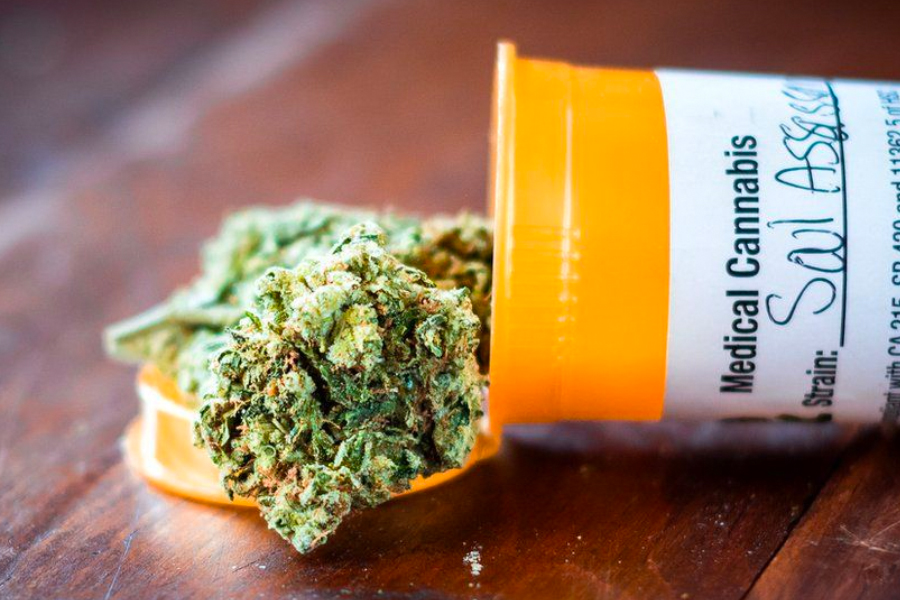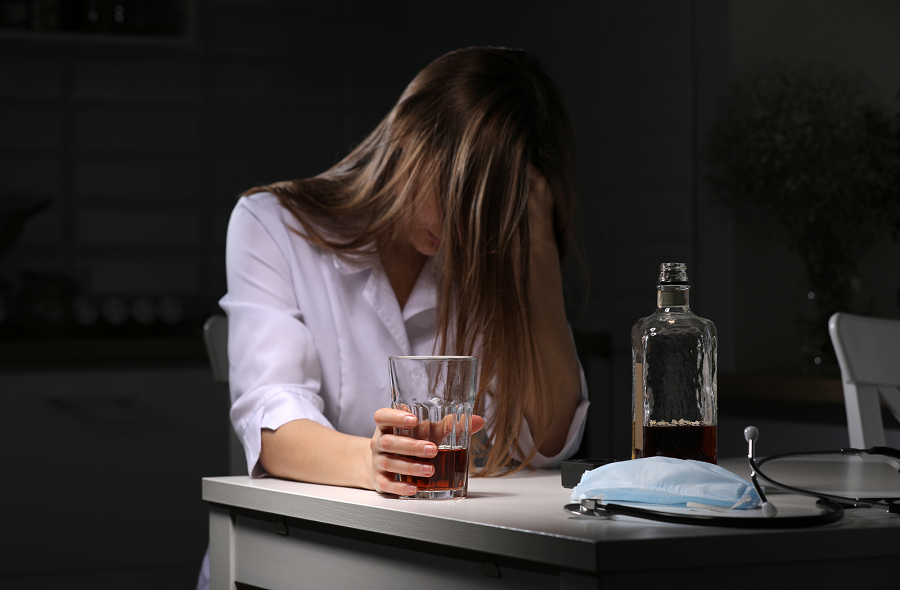The therapeutic use of marijuana is sanctioned by the government in several states and territories in the United States, including Louisiana. It is crucial to have a complete grasp of how to use it responsibly and safely, even though there ...
Detoxification is the process of removing harmful substances from the body. It is a critical first step in the recovery process for individuals struggling with addiction. However, learn more detox can also be a challenging and uncomfortable experience, as the ...



